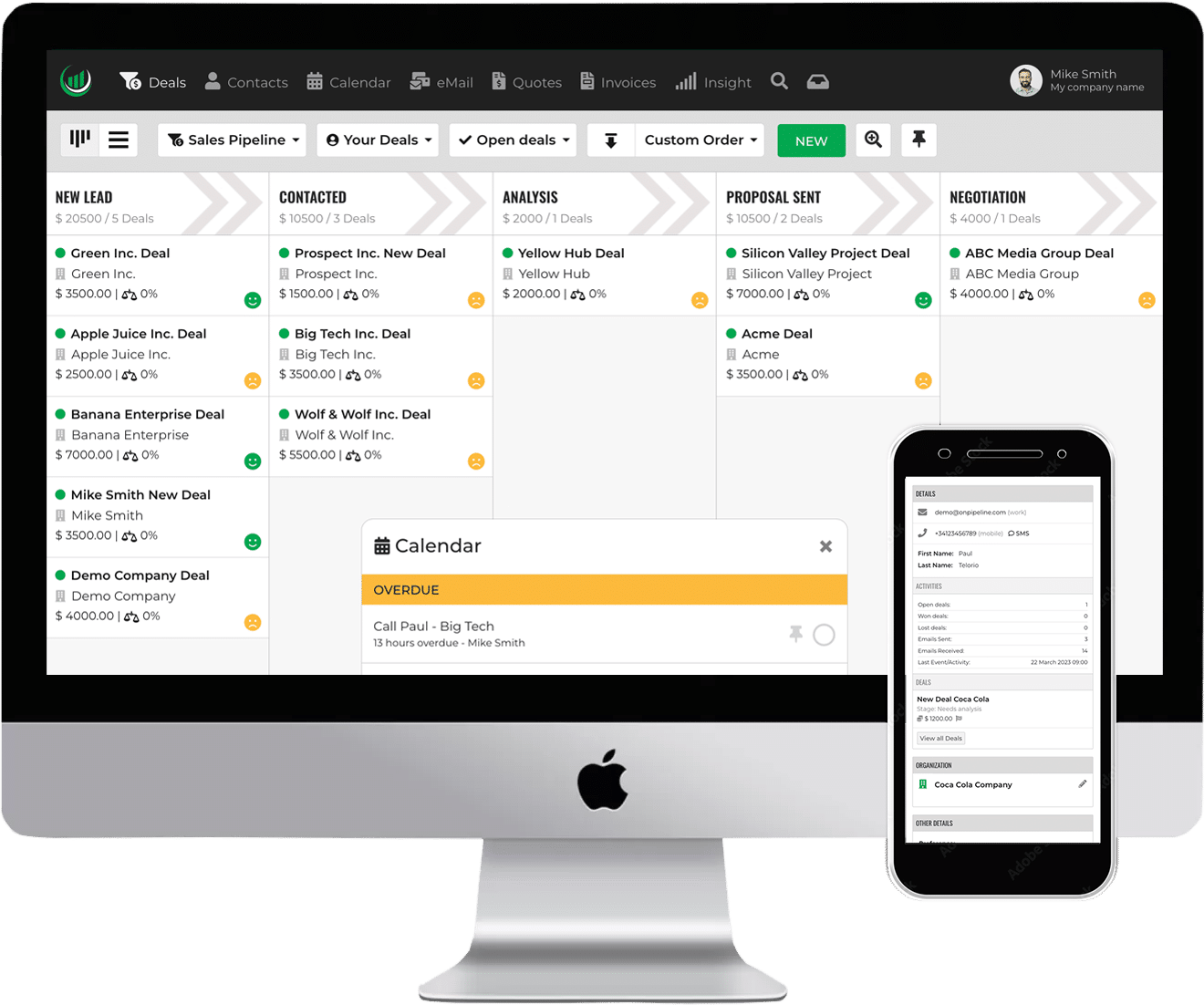We will explore some of the key lead generation metrics that can help you boost your sales.
By measuring your conversion rate, cost per lead, lead-to-customer conversion rate, sales velocity, ROI, and other sales performance metrics, you can gain a deeper understanding of the effectiveness of your lead generation campaigns.
This enables you to make data-driven decisions to improve your sales funnel.
1. Conversion Rate
Conversion rate is a metric that measures the percentage of website visitors who take the desired action, such as filling out a contact form, subscribing to a newsletter, or making a purchase.
It is one of the most important metrics to track because it provides insights into the effectiveness of your lead generation efforts. A high conversion rate indicates that your website is doing a good job of converting visitors into leads.
To improve your conversion rate, you can try optimizing your website’s design, improving your website’s copy, or creating more compelling calls to action. Additionally, A/B testing can help you determine which changes are effective in improving your conversion rate.
Online lead conversion rates can vary significantly depending on the industry, the type of lead, the quality of the lead, and the effectiveness of the conversion process. Here are some general online lead conversion rate averages per industry, according to various studies and reports:
- Real Estate: 1-2%
- Insurance: 5-10%
- Education: 5-15%
- Financial Services: 5-15%
- Healthcare: 1-5%
- Retail: 1-3%
- Software: 2-10%
- Manufacturing: 2-4%
- Legal: 1-5%
- Travel: 2-4%
It’s important to note that these are only rough estimates, and the actual conversion rates can vary depending on the specific circumstances and strategies used by each company.
2. Cost per Lead (CPL)
Cost per Lead (CPL) measures how much it costs to acquire a new lead. This metric can help you understand the effectiveness of your lead generation campaigns and how much you should be willing to spend on them.
To calculate CPL, you need to divide the total cost of your lead generation campaign by the number of leads generated.
To improve your CPL, you can try optimizing your advertising campaigns, targeting more qualified leads, or improving your landing pages.
3. Sales Conversion Rate
Lead-to-Customer Conversion Rate measures the percentage of leads that convert into paying customers.
This metric can help you understand the quality of the leads you are generating and how effective your sales team is at closing deals.
To improve your lead-to-customer conversion rate, you can try improving your sales team’s training, providing more detailed information to leads, or creating a more compelling offer.
4. Sales Velocity
Sales Velocity measures the speed at which you are generating revenue.
It takes into account the number of deals you are closing, the average deal size, and the length of your sales cycle.
This metric can help you identify areas where you can improve your sales process and increase revenue.
To improve your sales velocity, you can try shortening your sales cycle, increasing the size of your deals, or improving your lead nurturing process.
5. Return on Investment (ROI)
Return on Investment (ROI) measures the profitability of your lead generation campaigns. It compares the amount of revenue generated to the cost of your lead generation campaign.
A positive ROI indicates that your campaign is generating more revenue than it costs, while a negative ROI indicates that your campaign is not generating enough revenue to justify its cost.
To improve your ROI, you can try targeting more qualified leads, optimizing your campaigns for better conversion rates, or improving your sales process to increase the percentage of leads that convert into paying customers.
6. Lead Source
Lead Source measures the channels or sources that are generating the most leads for your business.
This metric can help you identify which channels are working well and where to allocate your resources for better results.
To improve your lead source metrics, you can try experimenting with different channels, optimizing your advertising campaigns for specific channels, or focusing on the channels that are generating the most high-quality leads.
7. Lead Quality
Lead Quality measures the quality of the leads you are generating. This metric can help you identify the characteristics of the leads that are most likely to become paying customers.
To improve your lead quality metrics, you can try optimizing your lead generation campaigns for more specific target audiences, providing more detailed information about your product or service, or implementing lead scoring to identify the most qualified leads.
8. Time to Conversion
Time to Conversion measures the amount of time it takes for a lead to convert into a paying customer.
This metric can help you identify where there may be bottlenecks in your sales process that are slowing down the conversion process.
To improve your time to conversion metrics, you can try shortening your sales cycle, providing more personalized follow-up to leads, or improving your lead nurturing process.
9. Lead Engagement
Lead Engagement measures how engaged your leads are with your brand and your content.
This metric can help you identify which leads are most likely to become paying customers and which may need more nurturing.
To improve your lead engagement metrics, you can try creating more targeted and personalized content, implementing lead scoring to identify the most engaged leads, or providing more opportunities for lead engagement through social media or other channels.
10. Customer Lifetime Value (CLV)
Customer Lifetime Value (CLV) measures the total amount of revenue that a customer is expected to generate over the course of their relationship with your business.
This metric can help you identify the most valuable customers and where to focus your efforts to retain them.
To improve your CLV metrics, you can try improving your customer experience, implementing loyalty programs, or focusing on customer retention strategies.
Overall, there are many lead generation metrics that businesses can use to measure the effectiveness of their lead generation efforts. By tracking these metrics, businesses can identify areas for improvement, optimize their sales process, and ultimately increase revenue.


